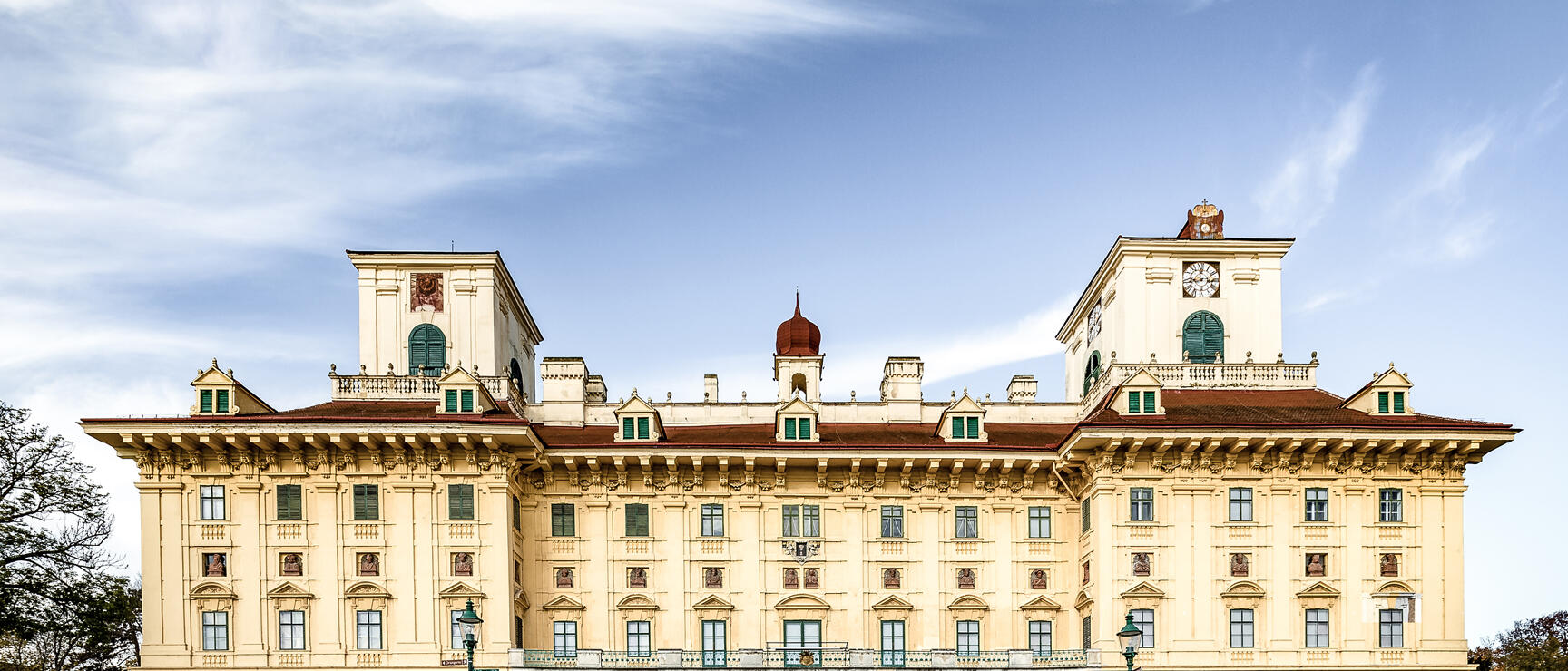The cultural heart of Burgenland
Located around 60 kilometres from Vienna, Eisenstadt's old town consists largely of a pedestrian zone and invites you to take a stroll. Nestled within the numerous alleyways, charming little pubs and stores are waiting.
The eye-catcher and main attraction is Esterházy Palace in the centre of the city. It was here that famed composer Joseph Haydn worked for Prince Esterházy for almost 30 years - earning Eisenstadt the nickname "City of Haydn". Today, the HERBSTGOLD Festival celebrates Haydn's music every year. Eisenstadt is a cultural jewel that combines historical beauty with musical heritage, surrounded by the vastness of Burgenland.
Meet Eisenstadt
Top highlights
Activities in and around Eisenstadt
Tours
Top events
Famous personalities
Eating and drinking in Eisenstadt
Recipes
Unique places to stay
For green travellers
Holidays by train and bus
Travelling by public transport is not just environmentally friendly, but can be considerably more stress-free than taking the car. This is where a new train connection between Vienna and Eisenstadt comes in, which takes you to your destination in just 1 hour.
Once arrived, four bus lines take visitors to points of interest across Eisenstadt. An ideal choice for anyone who wants to experience culture, history and nature - while simply sitting back and relaxing.
Discover Eisenstadt
Burgenland Card
Get discounts and amazing offers at many popular attractions with the Burgenland Card.
